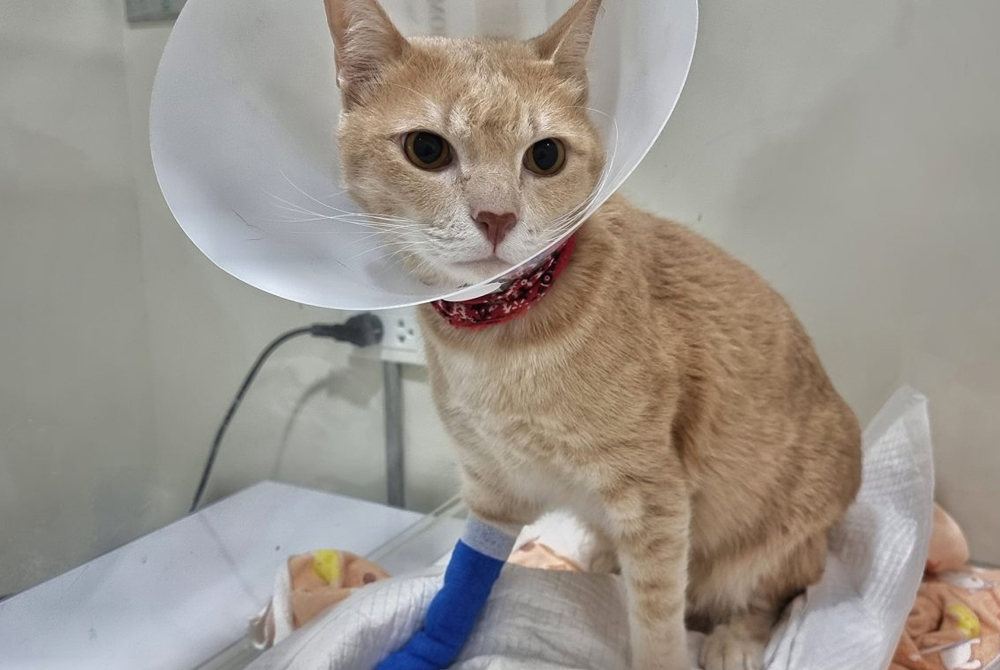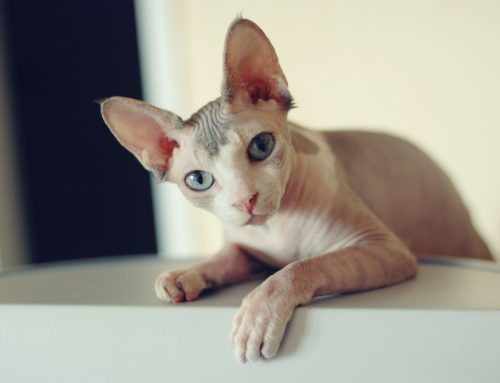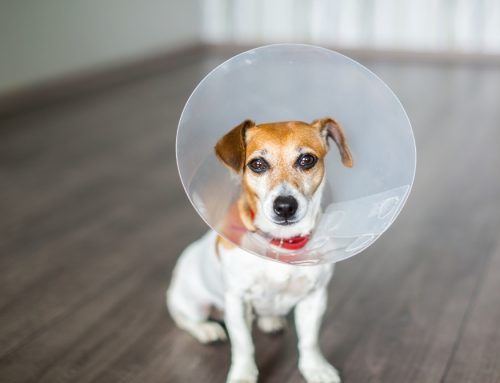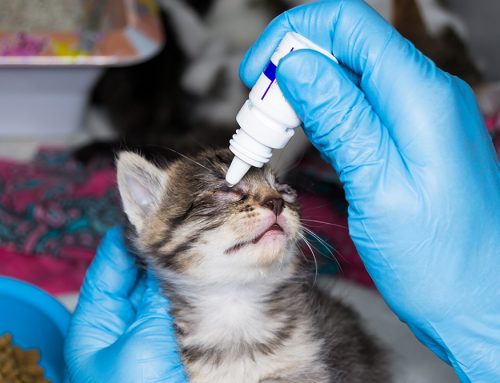Overview
Hypertension, or high blood pressure, is a serious condition that can affect cats just as it does in humans. It occurs when the force of blood against the walls of the arteries is consistently too high. If left untreated, hypertension can lead to significant health issues in cats, including damage to vital organs such as the eyes, kidneys, and heart.
Causes
Hypertension in cats can be primary or secondary:
- Primary Hypertension: This form is less common and is not associated with any other underlying health issues.
- Secondary Hypertension: More common in cats, this type is associated with other medical conditions, such as:
- Kidney disease
- Hyperthyroidism
- Diabetes mellitus
- Heart disease
- Certain medications
Symptoms
Symptoms of hypertension in cats may be subtle or non-specific, making it challenging to detect without veterinary examination. Common signs include:
- Sudden blindness or changes in vision
- Behavioral changes such as increased aggression or lethargy
- Difficulty breathing
- Unexplained weight loss
- Increased drinking and urination
- Seizures
Diagnosis
Diagnosing hypertension in cats typically involves:
- Blood Pressure Measurement: This is the primary method for diagnosing hypertension. It is usually performed using a Doppler or oscillometric device.
- Blood Tests: To check for underlying conditions that may be causing secondary hypertension.
- Urinalysis: To assess kidney function and detect any potential damage.
- Imaging: X-rays or ultrasound may be used to evaluate the heart and kidneys.
Treatment
Treatment for hypertension in cats generally focuses on managing the underlying cause and directly reducing blood pressure. Treatment options may include:
- Medications: Commonly prescribed antihypertensive drugs include amlodipine and enalapril. Your veterinarian will determine the most appropriate medication based on your cat’s condition.
- Management of Underlying Conditions: If secondary hypertension is identified, managing the primary disease is crucial. For instance, treating hyperthyroidism or kidney disease can help control blood pressure.
- Dietary Changes: In some cases, your vet may recommend a special diet to support overall health and manage blood pressure.
Prevention and Monitoring
Regular veterinary check-ups are essential for early detection and management of hypertension, especially if your cat has conditions that predispose them to high blood pressure. Routine monitoring and blood pressure checks can help ensure that any changes in your cat’s condition are promptly addressed.
Contact Us
If you suspect your cat may have hypertension or if you have any concerns about their health, visit
Mission Veterinary Clinic.
We are located at: 16915 San Fernando Mission Blvd, Granada Hills, CA 91344
Phone: 818-363-8143
Please note that we operate on a walk-in basis only and do not accept appointments. Our urgent care facility is open from 9 AM to 11 PM, seven days a week.
For more information, visit our website at missionvet.com.










Leave A Comment